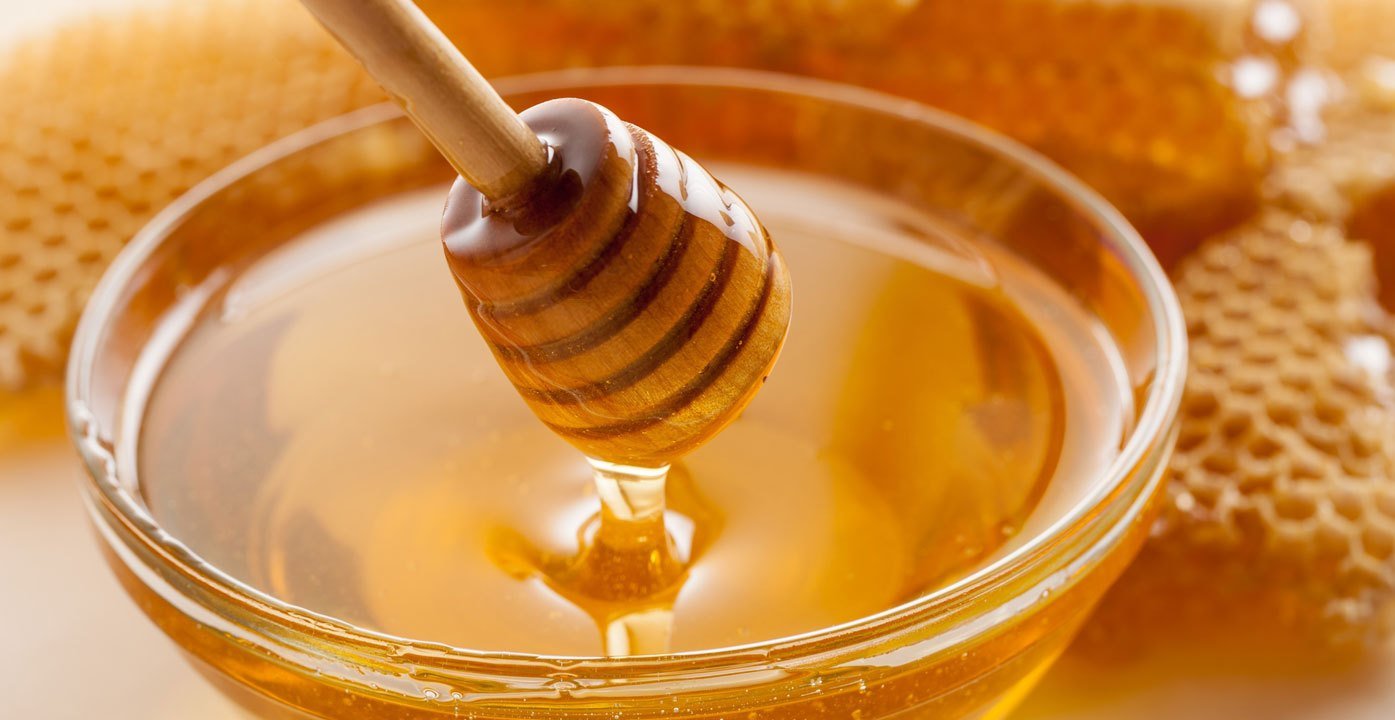Inside BENEO’s new pulse plant: pioneering sustainable protein from faba beans
The regulator FSSAI has come out with food safety standards for honey and its products, in a bid to curb adulteration.
The move comes in the wake of government promoting farmers to venture into the beekeeping business to increase their income. The standards will help fetch farmers better prices for their products.
At present, there are no separate quality standards for honey and its products.
We have notified the standards for honey and its products recently. This will help address adulteration. Both domestic manufacturers and importers will have to comply with the new norms,” Food Safety and Standards Authority (FSSAI) CEO Pawan Agarwal.
As per the FSSAI notification, honey should comply with 18 parameters like that of sucrose content, glucose ratio, pollen count, foreign oligosaccharides among others.
The FSSAI has fixed maximum 5 per cent limit for sucrose content in the honey, while 10 per cent for carviacallosa and Honeydew honey. The moisture percentage should be maximum 20 per cent and pollen count should be 25,000 per gram.
With regard to by-products, the FSSAI has fixed standards for ’Bees wax’ and ’royal jelly’ also.
The regulator has defined honey as the natural sweet substance produced by honey bees from the nectar of blossoms or from secretions of plants, which honey bees collect, transform and store in honey combs for ripening.
If a product is sold as honey then food ingredient, including food additives should not be added to it. It should not be heated or processed to such an extent that its essential composition is changed and its quality is impaired.
The FSSAI said that honey can be labelled according to floral or plant source, if it comes from any particular source, and has the organoleptic, physicochemical and microscopic properties corresponding with that origin.
In the case of ’Monofloral Honey’, the regulator said the minimum pollen content of the plant species concerned should not be less than 45 per cent of total pollen content.
In case of ’Multi Floral Honey’, the pollen content of any of the plant species should not exceed 45 per cent of the total pollen content.
The government is promoting honey production through the mission for integrated development of horticulture (MIDH) and the National Bee Board has been formed for implementing various activities for development of scientific beekeeping under MIDH.

